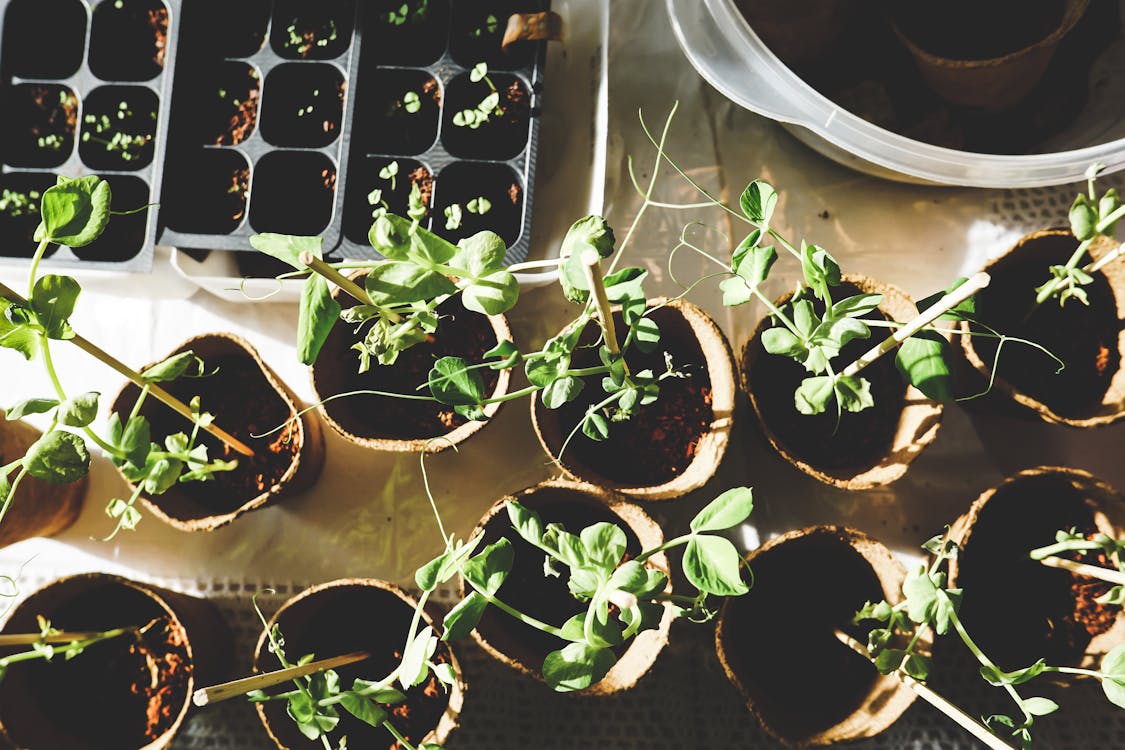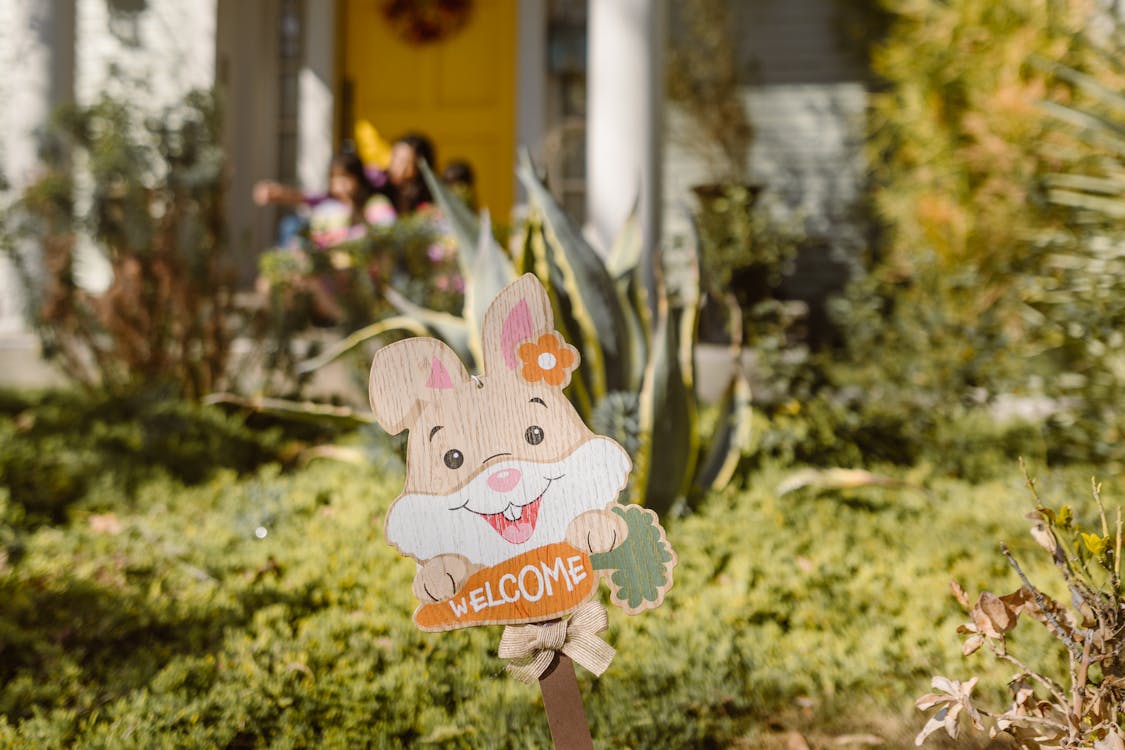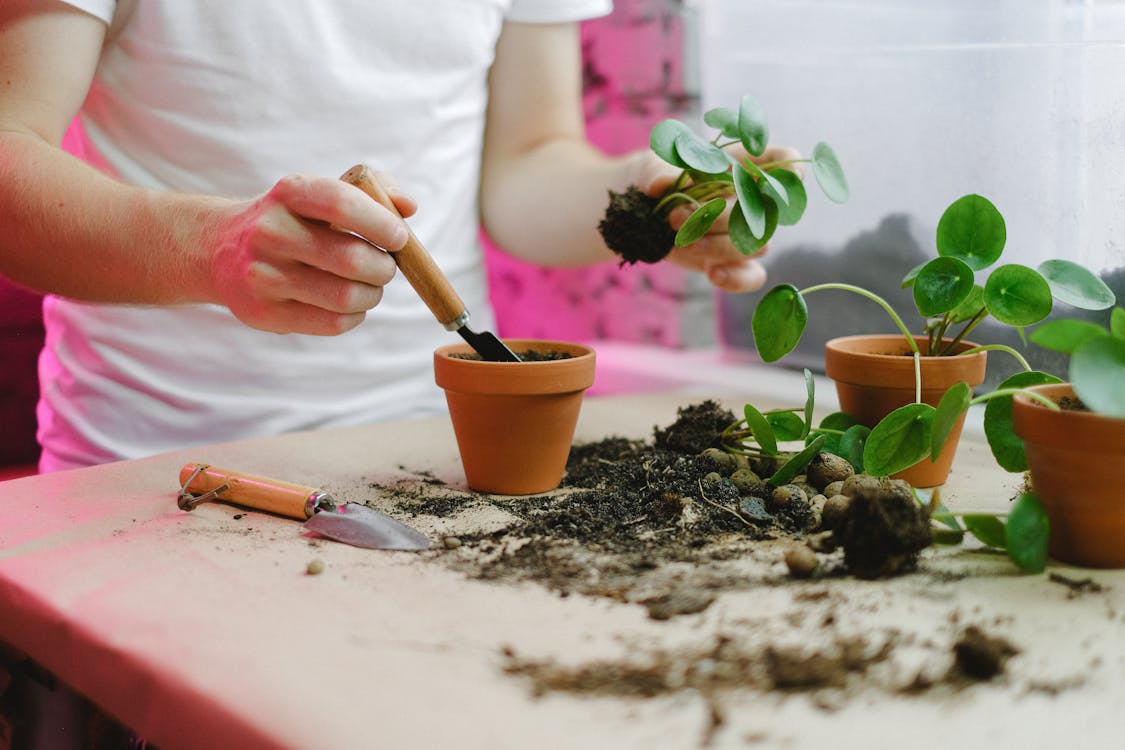Summer herb gardens add beauty and spice to your yard.
Herbs are medicinal, and fragrant and add flavor and freshness to almost any meal. There’s something special about eating something delicious and distinct in flavor while knowing that it can be beneficial to you, as well. Take time to plan a summer herb garden to give for an ample supply of this valuable vegetation and to allow you to control the way your herbs are grown.
There is almost nothing better than walking in your yard and being greeted by a waft of fragrance that only herbs can provide. The fresh, warm summer air is somehow made better when infused with an herbal scent. Summer herb gardens not only provide you with edible vegetation, but also adds style and design to your outdoor living space.
Accessibility

The first step to plan a summer herb garden is to make your favorite herbs accessible. A beautiful garden is almost pointless if you can’t reach your favorite flavors. Place your favorite herbs around the borders of the garden or in the very front, if they are low to the ground. While you want your garden to be pleasing to the eye, you also want it to be functional.
Pay attention to the height dimension of your summer herb garden. Most herbs are round and fairly low-lying. Break up the monotony by adding taller bushes and plants throughout the garden. Consider adding spring-flowering valerian or blue anise hyssop to add a bit of vertical excitement. Dill also grows fairly tall and can provide style with its wispy, billowy leaves.
Basic Structure
Create structure in your herb garden by adding hardy, sturdier plants. Bushes and narrow, upright trees can prevent your herb garden from disappearing into the winter cold. Keep in mind that most herbs need plenty of sunshine; therefore, avoid plants that will block their access to the sun. Consider using dwarf native viburnum and boxwood, compact conifer, or a passion vine trained to a pillar.
Design

Garden statues or fountains always add a bit of design and beauty. Just be sure the element doesn’t add shade to plants that require full sun.
Add both annuals and perennials to the design when planning a summer herb garden. Annual herbs do not come back year after year and need to be replanted, whereas perennials do come back. Try placing the annual herbs anise, dill, basil, summer savory, and coriander alongside the perennials mint, chives, marjoram, thyme, and fennel.
Other Considerations

When planting your herbs, take care not to place them too close together. In addition, avoid using too much fertilizer–doing so will result in herbs that have poor flavor quality. Moreover, make sure your herb garden allows for proper drainage. Herbs do not grow well in moist soil.
Herbs can be used in a variety of different preparations. Hardy rosemary imparts a smokey, lemon flavor to food and is delicious on meats, potatoes, and even in desserts. Mint typically pairs well with most teas, desserts, and of course, lamb. Wow and shock your family by replacing the typical mint jelly with fresh mint that was grown in your garden. Chives add a taste of sophisticated onion and work well in baked potatoes and salads.
Plan a summer herb garden for your enjoyment, and enjoy that growing your own herbs is also often therapeutic. Eating food that you have grown yourself always makes it taste better and allows you to appreciate the flavors more.
References:
Green Herb Garden: Colorful Summer Garden Flowers
The Herb Companion: Create an All-Season Herb Garden
TargetWoman: Herb Garden Design

